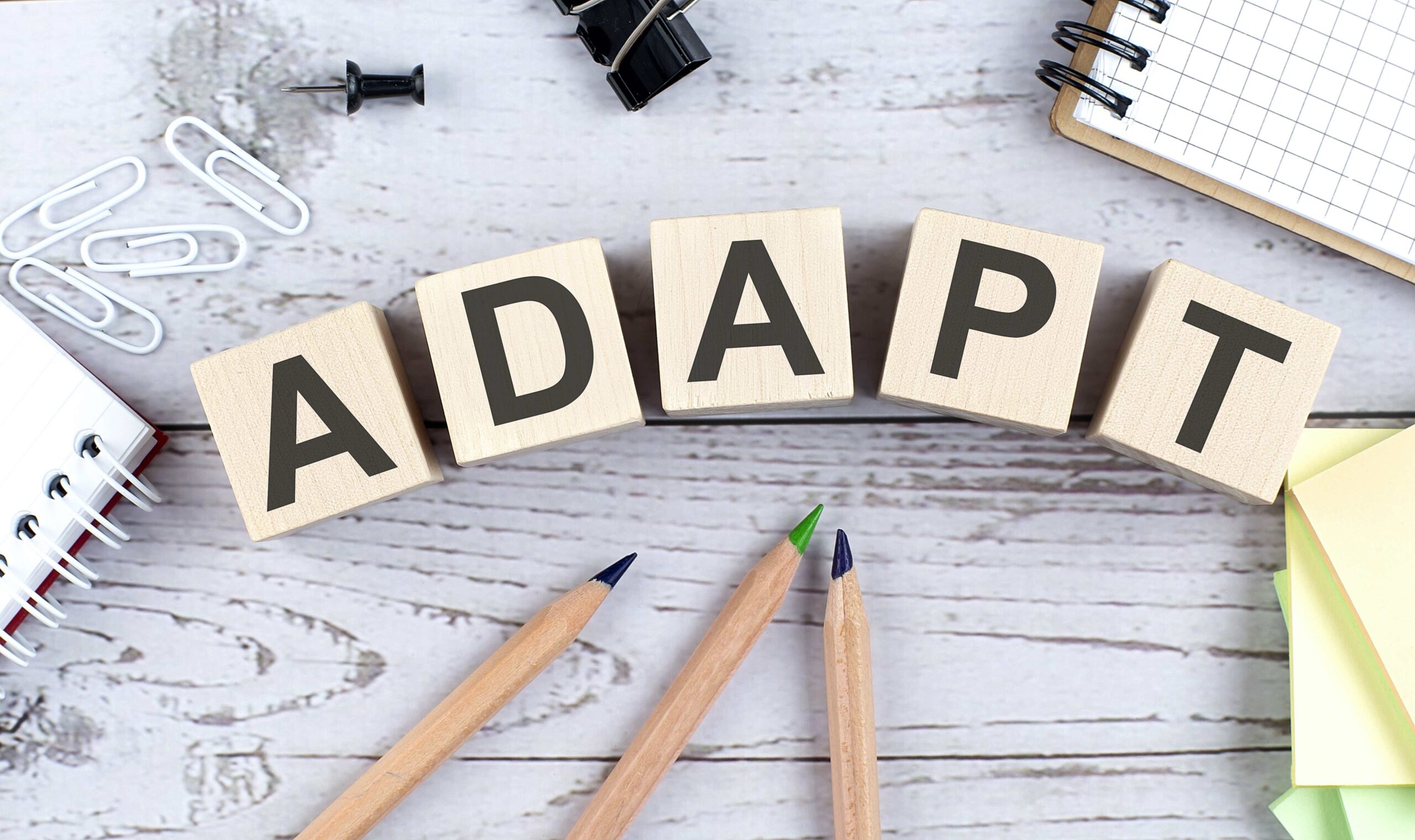As the reality of the pandemic began to sink in last spring, HR leaders in every organization were pulled in new directions to help teams continue their work in the face of physical, mental, social and economic upheaval.
Each day presented a new challenge, as staff quickly learned that standard operating practices and procedures didn’t work in an environment where crises and disruptive change thwarted efforts to get the job done. And as official health guidelines evolved to new learning and insights, many industries had to continuously reinvent the way they delivered their products and services.
Prevent burnout with sustainable adaptability
In the current volatile and uncertain business environment, the key to survival is adaptability, or the capacity to adjust or change in order to suit emerging situations. Adaptability manifests itself through talent, yet many organizations are facing a human energy crisis in their workforce that fosters widespread talent burnout.
While some may try to triage each new situation as it arises, this will likely only produce greater burnout — and hinder any efforts towards gaining efficiencies. What’s required instead is sustainable adaptability, the capacity to adapt operating practices in a manner that does not deplete or damage resources.¹
Adaptability doesn’t happen by accident
A sustainably adaptive system is achieved through deliberate approaches to organizational practices. Consider the potential to build adaptability built into how…
- Strategy is developed
- Teams are empowered
- Work is assigned
- Decisions are made
- Information flows
- Progress is reviewed, and
- Performance is measured
Designing these practices to be adaptive to an ever-changing environment removes the burden from individual employees to determine how to adapt in the moment. Instead, leadership is responsible for developing an organization that is “built to adapt,” one that’s designed to mobilize the workforce quickly and cohesively.
Built to adapt
Organizations that are built to adapt are both “hardwired” as well as fluid. Teams are established with clear goals, outcomes and deliverables, as well as metrics and measures to ensure they’re delivering. Clarity of roles, responsibilities and accountabilities is key.
Fluidity comes from expecting, not just encouraging, collaboration. This includes collaboration within and between the teams that make up the organizational chart as well as the creation of “tiger teams,” made up of staff from across the organization who seamlessly come together to solve problems and innovate solutions.
Leaders with a built to adapt mindset understand they must clearly articulate direction and strategy, then empower their workforce by setting expectations, clarifying accountabilities and providing both the authority and resources to get the work done. They engage in the science and best practices of building organizational resilience through collective leadership.
Adaptable leaders also understand the best work is done in the trenches — those who possess deep expertise and who are closest to the customer can accomplish the most. To effectively respond to the customer’s needs, their paths must be clear of political overtones, unnecessary checkpoints and information hoarding.
Recognizing sustainable adaptability
While the specific mechanisms will vary for each organization, sustainably adaptive organizations tend to share these characteristics:
- A climate of open communication exists, built on mutual trust and respect.
- The orientation is toward the customer/client and how the larger organization delivers (rather than verticals, silos or independent teams).
- Role flexibility is enabled through broad job descriptions.
- Problem solving processes are tied to organizational learning.
- Knowledge sharing is enabled through robust knowledge management infrastructure.
- Measures and metrics are focused on outcomes and contributions rather than timelines and completion of tasks.
Key to success in times of change
In her 2019 TED Talk, “The Human Skills We Need in an Unpredictable World,” Margaret Heffernan reminded us that “efficiency works really well when you can predict exactly what you’re going to need” — but that in a complex, unpredictable environment, efforts to achieve optimal efficiency will undermine and erode the ability to adapt and respond.
Succeeding in such an environment requires a combination of purposefully designed business practices, structure and fluidity — in other words, sustainable adaptability.
The good news? While few things are certain, the one thing we can expect is continuous change. Any steps you take toward sustainable adaptability and organizational resilience today will position your organization for continued success — no matter what lies ahead.
The concept of sustainable adaptability was inspired by:
- McCarthy, I.P.; Collard, M.; and Johnson, M. (2017). Adaptive organizational resilience: An evolutionary perspective. Environmental Sustainability, 28, 33-40.
- Patel, B.; Peko, G.; and Sundaram, D. (2019) Adaptive sustainable organizations: System dynamic models of a university balancing the virtuous and the vicious. Proceedings of the 52nd Hawaii International Conference on System Sciences, 6927-6936.
















